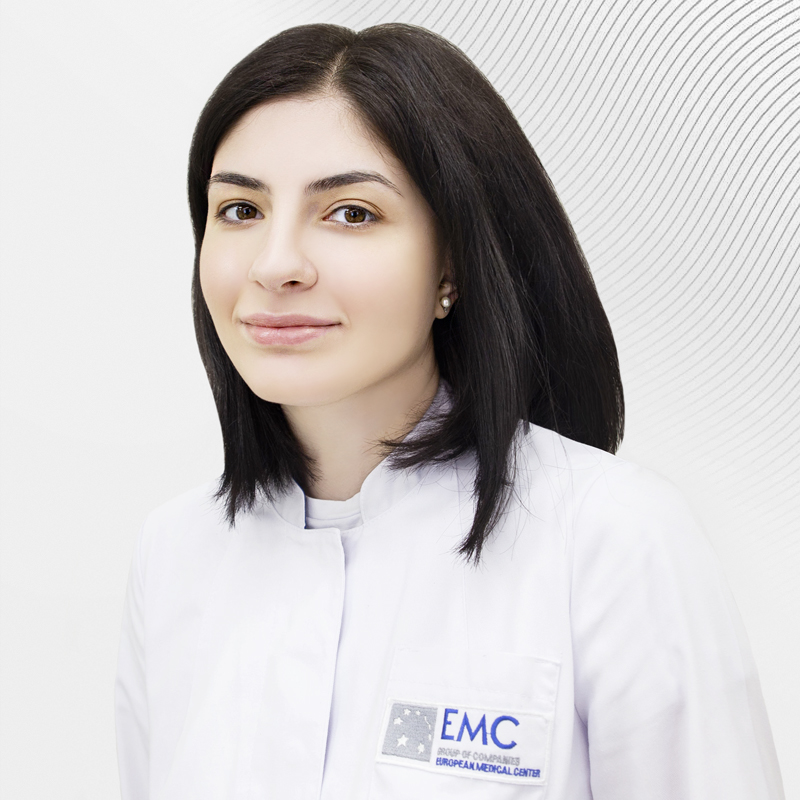Preimplantation genetic testing
What is the PGD of an embryo?
PGD stands for preimplantation genetic diagnosis. The terms PGS (preimplantation genetic screening) and PGT (preimplantation genetic testing) are also used. There are 3 indicators that the PGD can tell you about.
The first one is an assessment of the number and quality of chromosomes in an embryo, in other words, an assessment of the chromosomal status. All the hereditary information in each cell is contained in DNA, which is packaged in 46 chromosomes. PGD allows you to exclude or confirm the presence of chromosomal abnormalities such as Down syndrome, Patau syndrome, Edwards syndrome and Klinefelter syndrome.
The second indicator is the presence or absence of monogenic diseases in the embryo. For example, cystic fibrosis, phenylketonuria, and others. There are more than 3,000 such diseases in total. The chromosome set in monogenic diseases is normal, but the production of certain proteins that are responsible for certain body functions is disrupted. Testing for monogenic diseases should be done if both parents are carriers of the monogenic disease. In this case, the diagnosis is carried out for abnormalities of a particular gene.
The third indicator is translocations. Translocations are chromosomal abnormalities that occur when part of one chromosome connects to part of another chromosome during cell division. For example, part of the fifth connects to part of the ninth, and the second part of the ninth connects to another part of the fifth. Such translocations can significantly affect human reproductive functions and embryo viability.
Indications for PGD
- parental carriage of chromosomal and genetic diseases;
- miscarriage (more than two miscarriages);
- the age of the man is over 39 years old;
- the age of the woman is over 34 years old;
- unsuccessful IVF attempts (more than two);
- the use of donor cells.
PGD procedure
All types of PGD are performed in the clinic according to the following scheme. First, the woman's superovulation is stimulated, the follicles are punctured and the resulting eggs are fertilized. All the resulting embryos are cultured to the blastocyst stage (this is the stage at which the embryo is implanted into the woman's endometrium).
The blastocyst consists of an average of 100 cells. Some of the cells form the trophectoderm (the future placenta), some form the internal cell mass (the future fetus). Embryologists perform a biopsy of the trophectoderm, i.e. they take several (3-5) cells from it without damaging the future fetus, and send them for genetic analysis. The embryo is frozen. The procedure is performed on high-tech equipment under a microscope using micromanipulators and a special laser installation. At the same time, both the embryo and the part of the cells sent for genetic analysis are labeled strictly in accordance with the affiliation of one to the other.
After that, some of the trophectoderm cells are analyzed by geneticists for the presence of chromosomal abnormalities, monogenic diseases, or translocations. For each embryo, the geneticist gives a conclusion, on the basis of which the reproductologist, together with the patient, will be able to make a decision on the transfer of a specific embryo. On average, the PGD procedure takes 1 month.
Advantages of PGD
What are the alternatives to PGD? There are technologies that can also tell about the genetic abnormalities of the fetus.
Noninvasive prenatal testing, or NIPT. It can be performed from the 9th week of pregnancy. By this time, there is already a sufficient amount of fetal DNA in the mother's blood to assess the presence/absence of chromosomal abnormalities. After blood is taken from the vein, the geneticist gives a conclusion on the basis of which the parents, together with the doctor, can decide to terminate the pregnancy at an early stage.
Chorionic biopsy is an invasive diagnostic method that involves taking a small sample of the tissues of the nascent placenta. In most cases, the placenta has the same genetic material as the fetus. Therefore, based on the results of the analysis of placental tissue, it is possible to conclude about the genetic status of the fetus. The tissues are taken with a needle, piercing the fetal bladder. In this regard, there may be a risk of disruption of pregnancy and even miscarriage.
Amniocentesis - amniotic fluid analysis. Like a chorionic biopsy, amniocentesis is an invasive technique. Only here the genetic status is determined by amniotic fluid, a sample of which is taken with a puncture in the abdomen under ultrasound control
.
It can be concluded that PGD has undeniable advantages over alternative diagnostic methods.:
- preimplantation genetic diagnosis makes it possible to find out the genetic status of an embryo before pregnancy and the subsequent need for termination in case of unfavorable results;
- PGD allows you to choose the order of embryo transfer in order to reduce the time before pregnancy.
Get help
Specify your contacts and we will contact you to clarify the details.
Doctors
.jpg)
Keburija Lela
Ph.D. of Medical Sciences
-

Trofimova Angelina
-
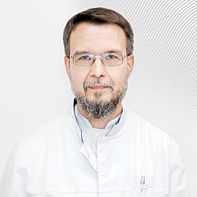
Isaev Dmitry
Ph.D. of Biological Sciences
-
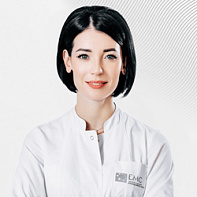
Desyatkova Nina
-
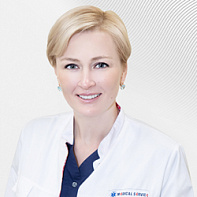
Belousova Nadezhda
-
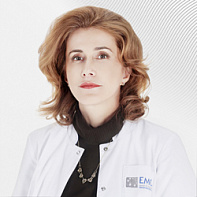
Madan Korneliya
-
.jpg)
Yutkin Evgeny
Head of the Embryology Department of the Reproductive and Antenatal Medicine Clinic at the EMC, Ph.D. of Biological Sciences
-
.jpg)
Volodyaev Ilya
Ph.D. of Biological Sciences
-

Voznesenskaya-Tverdaya Juliya
Head of Clinic of reproductive and prenatal medicine at EMC
-
Keburija Lela
Ph.D. of Medical Sciences
- Conducts the reception of patients with infertility, miscarriage, conducts all stages of ART programs
- Performs diagnostics and treatment of a full range of gynecological pathology (management of patients with endometriosis, uterine fibroids, polycystic ovarian syndrome, menstrual disorders)
- She graduated from the Russian National Research Medical University named after N.I. Pirogov with a degree in Medical Science and a residency in Obstetrics and Gynecology
Total experience
8 years
Experience in EMC
since 2023
